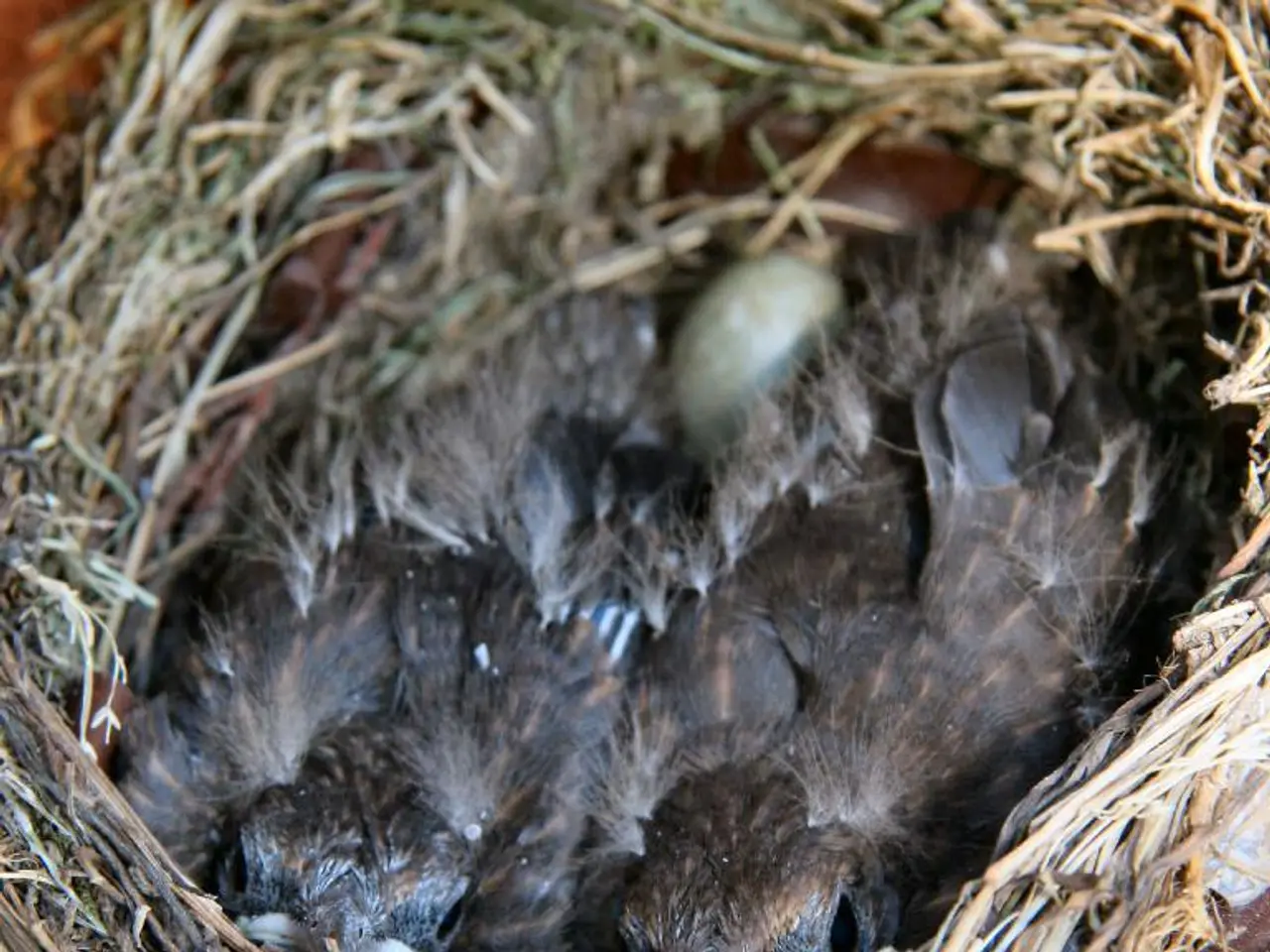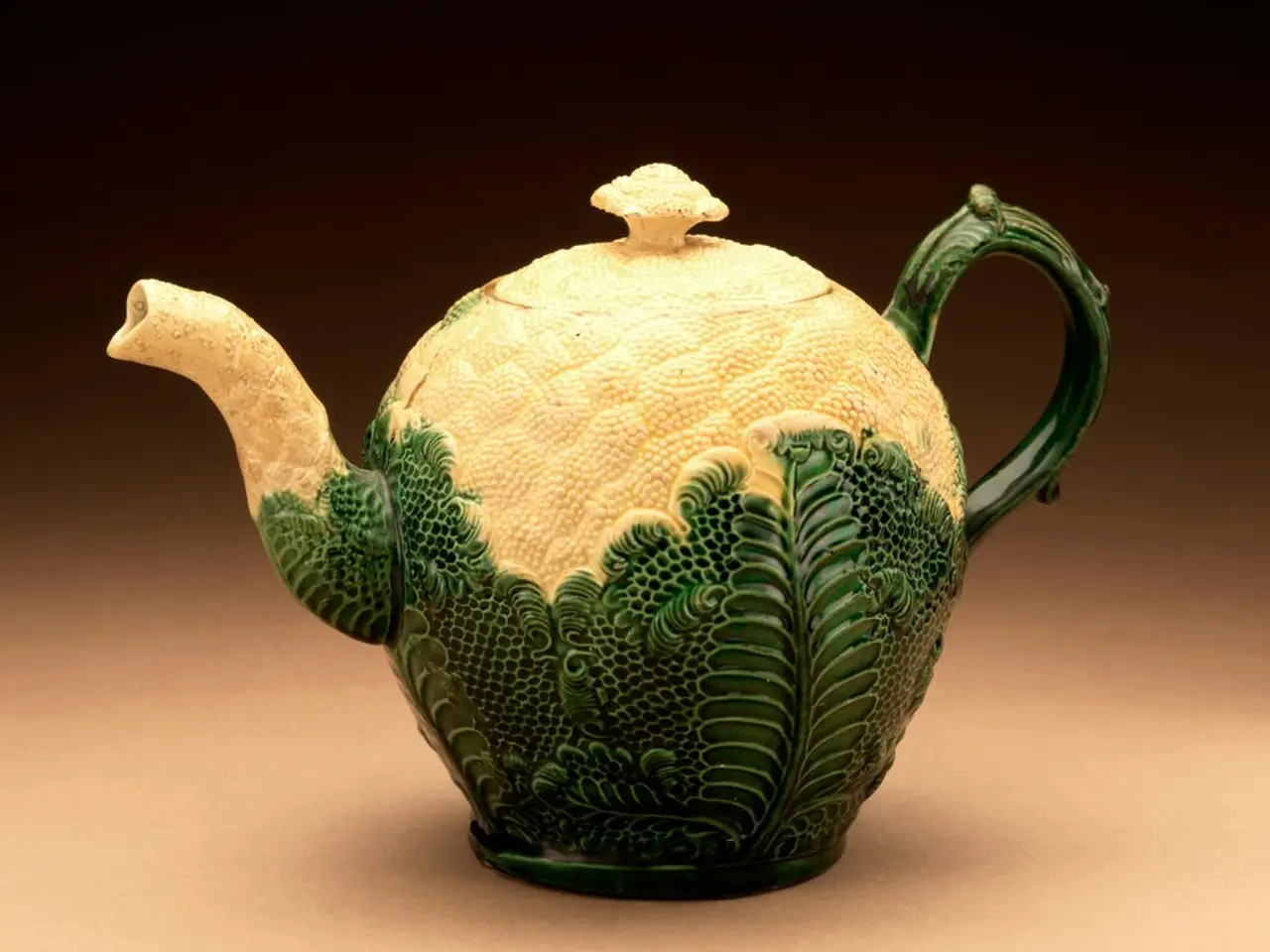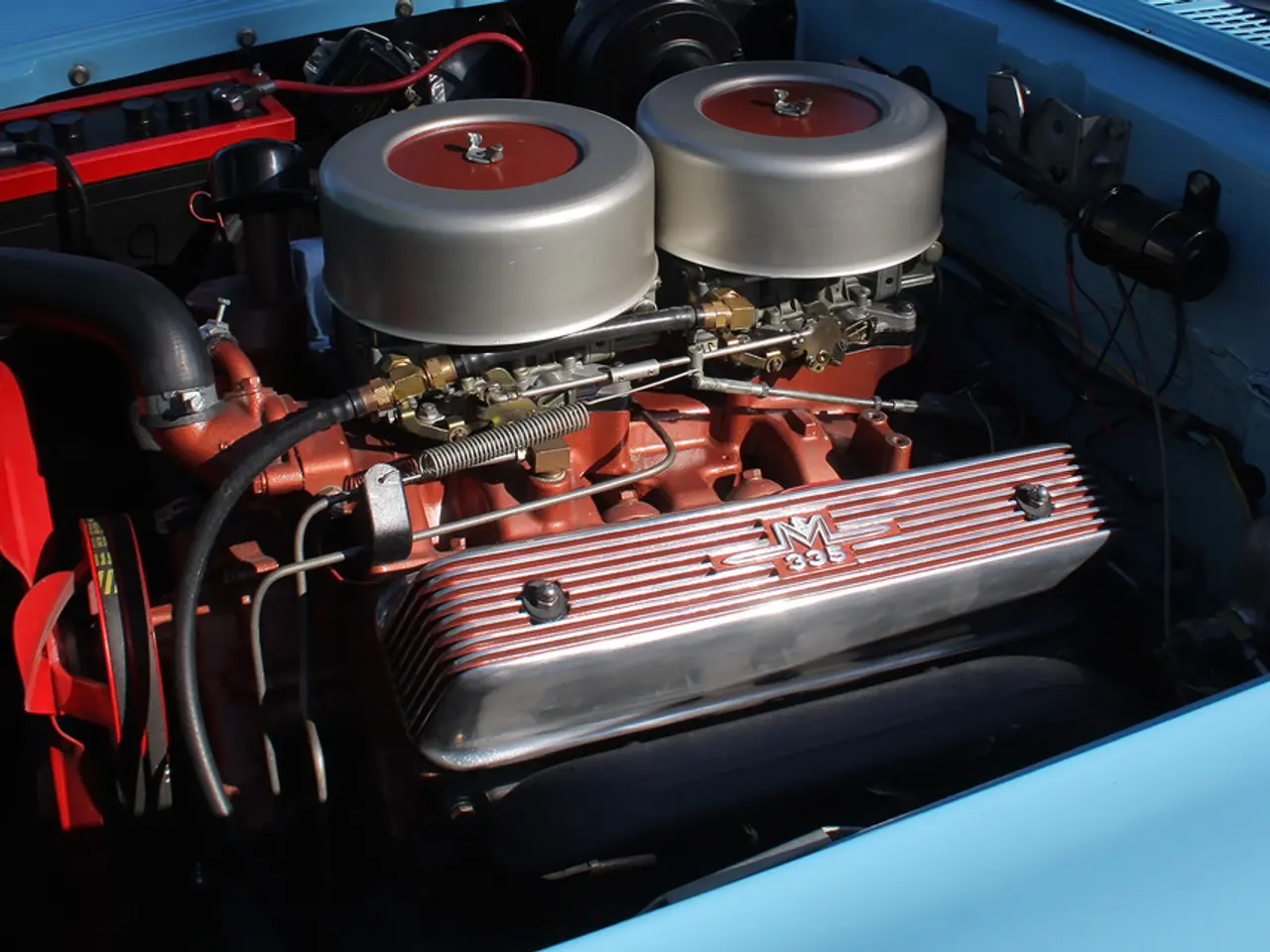Mastering the art of birdwatching: a beginner's guide
In the spirit of conservation and wildlife protection, setting up small wooden winter roosts, bird houses, and other habitat structures can bring numerous benefits to our ecosystem. Here's a comprehensive guide on the advantages of these homes, best practices for implementation, and the products mentioned in the article.
## The Advantages of Wildlife Homes
1. **Habitat Creation**: By providing shelter and protection from harsh weather conditions, these homes offer a refuge for various species such as birds, bats, and insects. 2. **Species Diversity**: These homes cater to different species' needs, supporting biodiversity and fostering a thriving ecosystem. 3. **Conservation**: They help conserve threatened or endangered species by providing essential habitats. 4. **Ecosystem Balance**: By supporting pollinators and other beneficial organisms, these homes contribute to maintaining ecosystem balance.
## Best Practices for Setting Up Wildlife Homes
### General Guidelines
1. **Native Species Consideration**: Design habitats that cater to local and native species to ensure relevance and effectiveness. 2. **Durable Materials**: Use durable materials that can withstand environmental conditions, such as weather-resistant wood. 3. **Strategic Placement**: Place wildlife homes in areas that provide protection from predators and harsh weather conditions. 4. **Maintenance**: Regularly inspect and clean wildlife homes to ensure they remain safe and healthy for their inhabitants.
### Specific Habitat Types
1. **Small Wooden Winter Roosts**: Create a cozy, insulated space with a narrow entrance to protect against predators. Position them in sheltered areas, such as under eaves or in woodland edges. 2. **Convertible Winter Roosts & Bird Houses**: Incorporate features that allow for seasonal adjustments, such as removable roofs for cleaning. Place them near food sources, but far enough to avoid attracting predators. 3. **Bat Houses**: Use dark-colored materials to retain heat, and ensure a narrow entrance to prevent predator entry. Install in sunny spots, ideally south-facing, to attract bats. 4. **Bee Houses**: Provide tubes of varying diameters to accommodate different bee species. Place in sunny areas with minimal wind to encourage bee activity.
## Community Engagement
- **Education**: Inform local communities about the importance and benefits of wildlife conservation. - **Volunteer Opportunities**: Encourage participation in habitat setup and maintenance to foster community involvement and awareness.
### Products Mentioned in the Article
1. Sparrow-resistant Bluebird House 2. Downy Woodpecker House 3. Wooden Purple Martin House 4. Wooden Nesting Perch 5. Convertible Winter Roost & Bird House 6. Window Nest Box 7. Sunshine Wooden Bat House 8. Wooden BATchelor Pad 9. Wooden Solitary Bee House 10. Wooden Butterfly House 11. Red-Headed, Hairy and Red-Bellied Woodpecker House
Written by Robin Jacobs, this article serves as a valuable resource for those interested in supporting local wildlife and contributing to a healthier ecosystem. You can read more from Our Shop.
- Adopting a home-and-garden lifestyle that includes setting up small wooden winter roosts and bird houses can lead to a flourishing ecosystem by providing essential habitats for various species, fostering biodiversity, and supporting conservation efforts.
- In the quest for a harmonious home-and-garden environment, implementing best practices such as using durable materials, strategic placement, and regular maintenance, while considering native species, will result in a thriving lifestyle with a positive impact on local wildlife.




